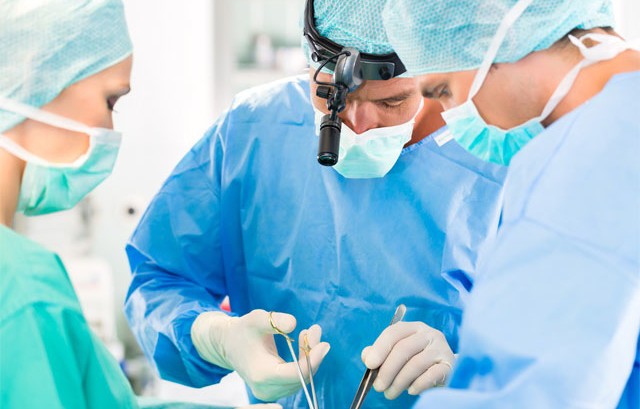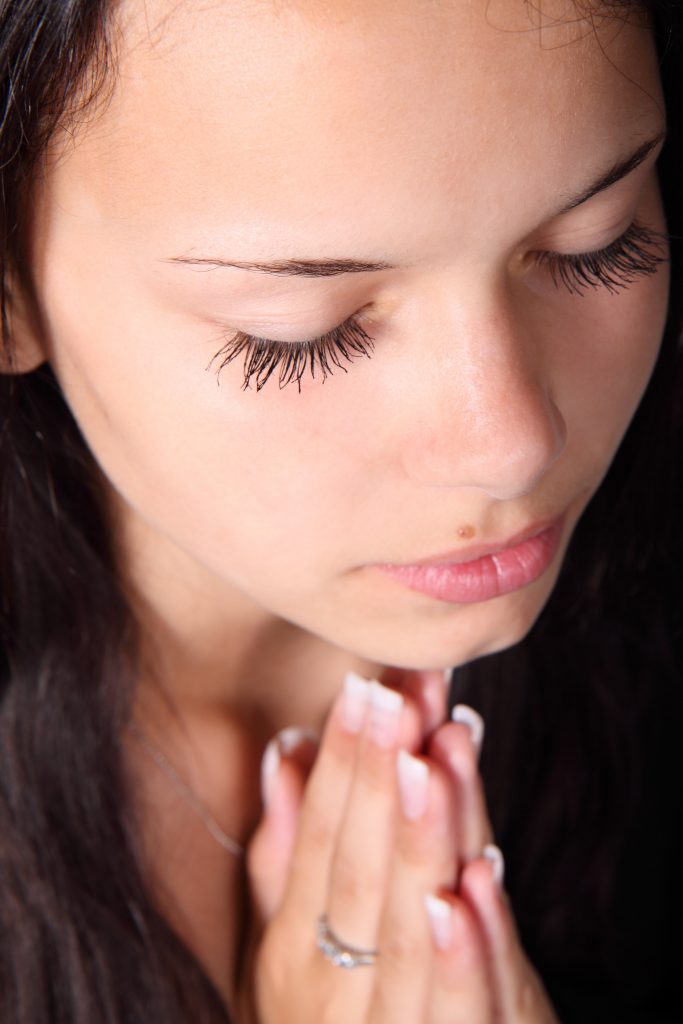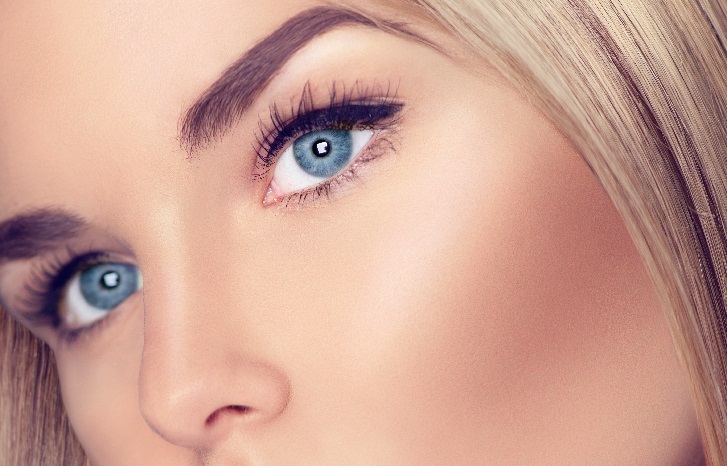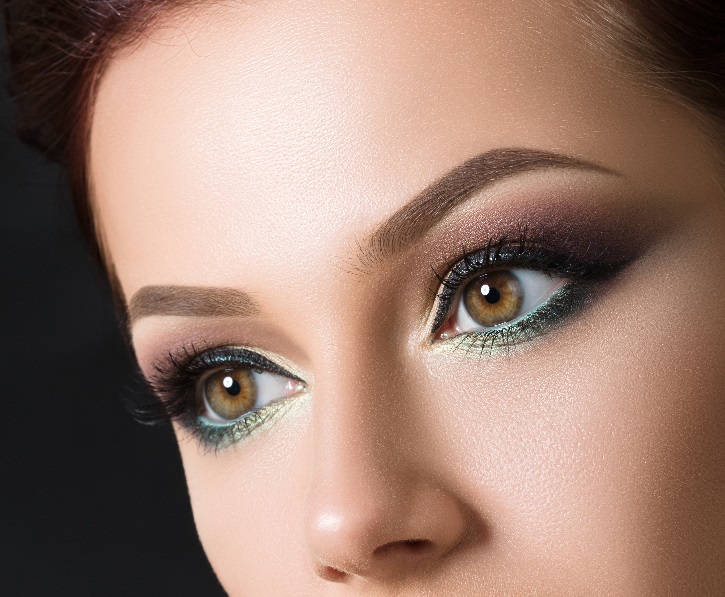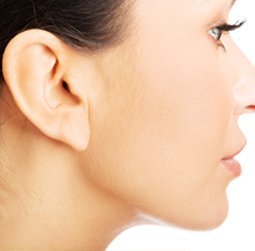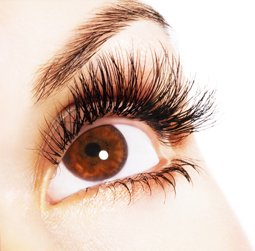Rhinoplasty Success Stories

Real-Life Rhinoplasty Success Stories | Doctor Binder
After breast augmentation, rhinoplasty is the most commonly performed plastic surgery in the United States. Rhinoplasty, commonly called a “nose job,” is one of the more popular forms of plastic surgery because of the sheer variety of benefits that come with it.
No longer solely the choice of Hollywood starlets seeking the perfect “button nose,” rhinoplasty is now capable of treating breathing problems such as a restricted airway, deviated septum, and even sleep apnea. Of course, rhinoplasty can also be used for aesthetic reasons, such as correcting damage from a traumatic injury, or just shaping the nose to fit the individual desires of the patient.
Rhinoplasty Procedure
The actual procedure of rhinoplasty has changed a good deal in recent years, with newer advancements like closed rhinoplasty making the surgery easier to recover from, and less likely to leave visible scarring. Now, in many cases, incisions can be made inside the nostrils, allowing the skin and cartilage of the nose to be pulled back for reshaping. This means no external scarring, and a greatly decreased recovery time (and also less recovery pain).
All of this has led to more and more people electing to undergo rhinoplasty surgeries, whether they want to reshape a nose they’re unhappy with, or address a medical issue like a deviated septum. Of course, some of these people have names many people would recognize. Names like…
Celebrity Rhinoplasty Success Stories
Britney Spears, Heidi Montag, and Jennifer Aniston. Winona Ryder, Ashton Kutcher, Megan Fox. J-Lo, ScarJo, and hundreds of others have all had successful rhinoplasty surgeries, and you wouldn’t really know it by looking at them.
And of course, the media paints the picture of these surgeries as being something for the vain and superficial world of Hollywood stars, but the fact of the matter is many of these celebrities sought out a rhinoplasty to correct issues like deviated septums and sleep apnea.
This exposure at such a high level has done wonders for the overall popularity of rhinoplasty, which has brought the surgery from its former place as something for celebrities, and brought it into a place where it is available to everyone.
Doctor Binder’s Rhinoplasty Success Stories
Doctor William J. Binder has established himself as one of the foremost rhinoplasty surgeons in the country. He has been at the forefront of bringing rhinoplasty and reconstructive facial surgery to the general population, not just for cosmetic purposes, but also for the treatment and prevention of some serious medical issues.
Dr. Binder has performed thousands of successful facial surgeries, a large portion of which were successful rhinoplasties and revision rhinoplasties. You can check out some of the excellent results below.
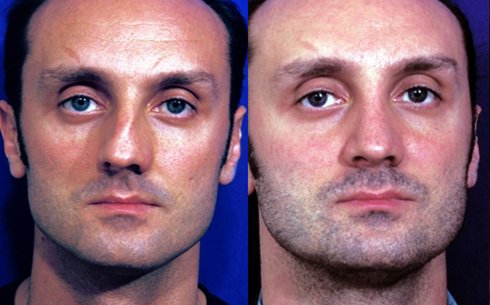
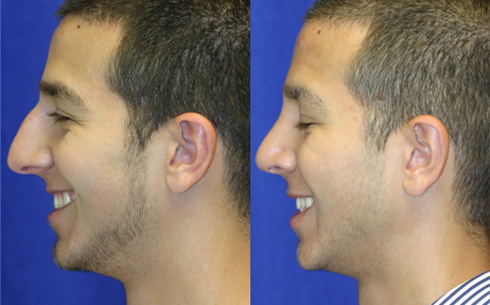
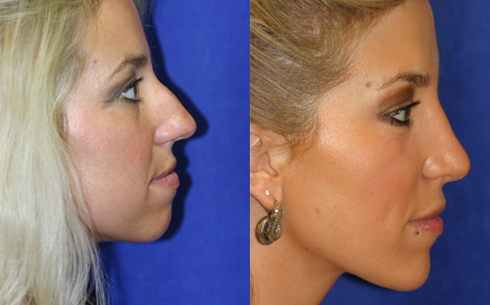
These are just some of the many patients that have received rhinoplasty surgeries from Doctor Binder.
Many of these patients came to Doctor Binder looking for aesthetic changes to their nose, but a great many of them have come for help with deviated septums or sleep apnea, or just to have an easier time breathing.
Learn More about Rhinoplasty from Doctor Binder
If you’ve ever wondered about rhinoplasty and whether or not it could work for you, contact Dr. Binder today. With the help of his expert staff, he can walk you through your options, and the potential benefits you might see from having a rhinoplasty.
Dr. Binder is a great proponent of closed rhinoplasty whenever possible, which minimizes scarring and recovery time, while still providing the great results a good rhinoplasty can provide.
With Dr. Binder, you get a surgeon with an artist’s eye, but the experience and knowledge of facial reconstruction that gives you the very best results possible. This unique combination of artistic skill and hard-earned experience has positioned Dr. Binder as one of most prolific and well-reviewed plastic surgeons in Beverly Hills.


